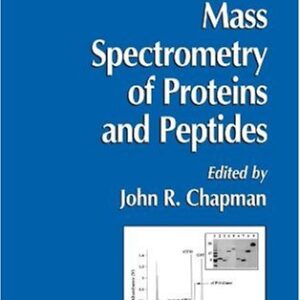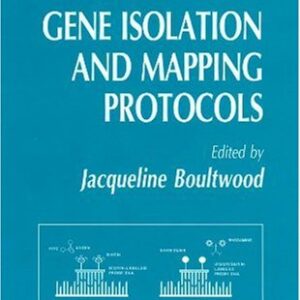This excellent second edition of Fisheries Biology, Assessment and Management, has been fully updated and expanded, providing a book which is an essential purchase for students and scientists studying, working or researching in fisheries and aquatic sciences.
In the same way that excessive hunting on land has threatened terrestrial species, excessive fishing in the sea has reduced stocks of marine species to dangerously low levels. In addition, the ecosystems that support coastal marine species are threatened by habitat destruction, development and pollution. Open access policies and subsidised fishing are placing seafood in danger of becoming a scarce and very expensive commodity for which there is an insatiable demand.
Positive trends include actions being taken to decrease the incidental catches of non-target species, consumer preferences for seafood from sustainable fisheries, and the establishment of no-take areas that provide refuges for marine species. But there is an urgent need to do more.
Because there is an increasing recognition of the need to manage ecosystems as well as fish stocks, this second edition of this bestselling text book includes an additional chapter on marine ecology. Chapters on parameter estimation and stock assessment now include step-by-step instructions on building computer spreadsheet models, including simulations with random variations that realistically emulate the vagaries of nature. Sections on ecosystem management, co-management, community-based management and marine protected areas have been expanded to match the increased interest in these areas.

![[PDF] Fisheries Biology, Assessment and Management Michael King](https://pdfelite.com/wp-content/uploads/2024/04/c3dddb758110bba39943af75974ef010-g.jpg)




Reviews
There are no reviews yet.